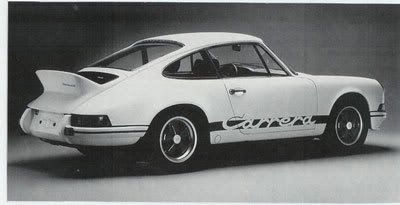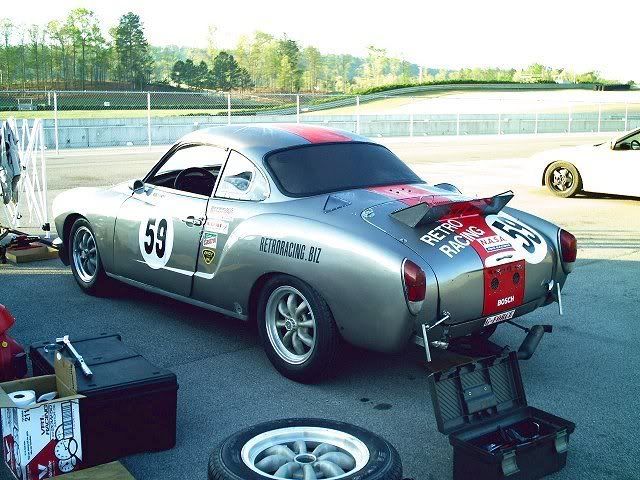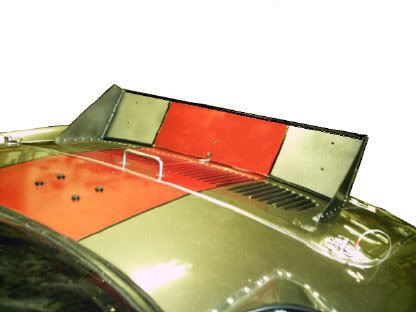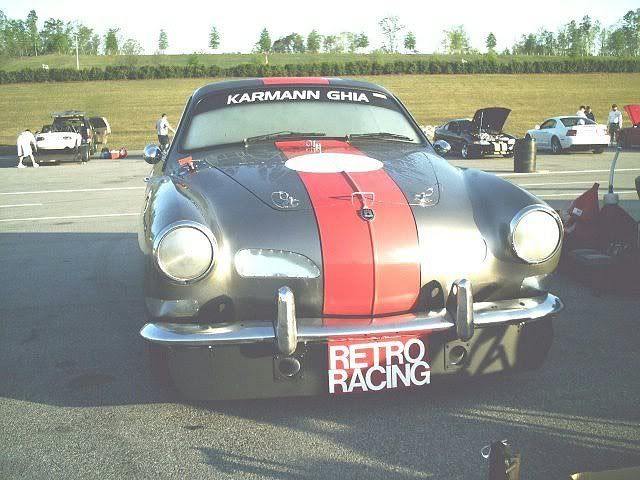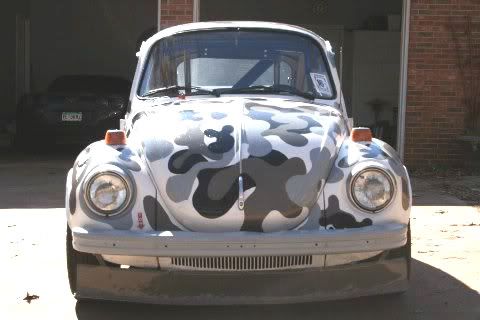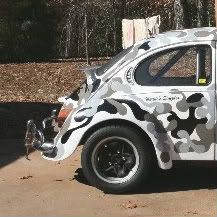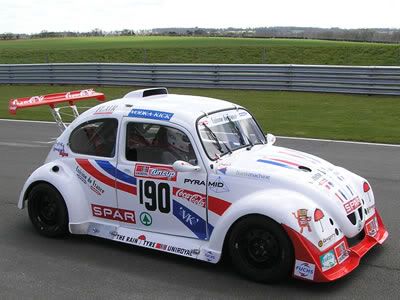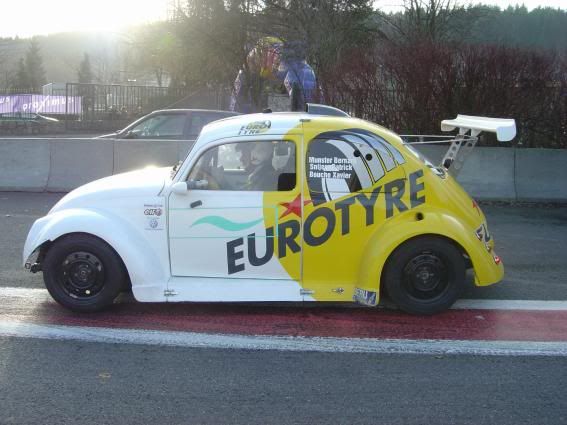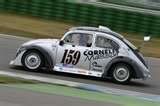The orginal stock standard Volkswagen beetle, in its 1938 guise has a drag coefficient of 0.48, while most people here hopefully will understand what that means i will try and put in terms other people can understand (I.E me). The coefficient of drag (Cd) is based on how much energy must be used to move the object if it is out of any other forces such as road friction.
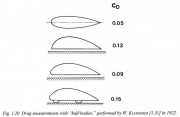
As the picture above shows the most areo dynamic 3D shape is a rain drop with a length 3.5 times its dimater (that one im pulling out of my head so i could be wrong but it seems to work)
Anyway more to Beetles
I found the following images on a website called Gerrelt’s garage and am unsure where the author got them from.


The pictures shows the comparison of the closest vehicular rain drop. The two biggest diversions from the best practise are the front window and the rear end. I’ve been talking to a few people who don’t really understand this about it, the biggest argument they had was that longer the vehicle the more air would be hitting the surface. The real problem is that the rear of the car is in a low pressure zone and this ‘pulls’ air behind it, more energy being used.
